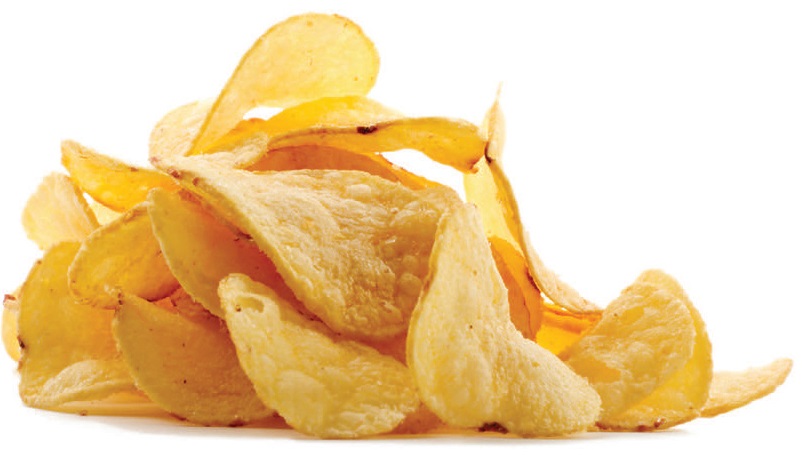Eliminating clothing lubricants
Evan Zabawski | TLT From the Editor October 2010
A common household ingredient offers the potential for greener laundry practices.

No, it doesn’t mean your laundry will smell like salt-and-vinegar potato chips.
www.canstockphoto.com
When my family upgraded to a more resource-friendly front loading washer, we not only reduced water and electricity consumption, we eliminated one household lubricant. What began as a step to avoid use of harsh chemicals on our delicates and baby clothing turned into a shift-change in all our laundering habits.
While the options for natural, organic pre-treatments and phosphate-free, fragrance-free, cold-water detergents are abundant, most people often resort to very human unfriendly and environmentally unfriendly products to impart perceived softness and reduce static issues. I am referring to fabric softener.
Fabric softeners, in either liquid or sheet form, function by adding a thin layer of lubricative and electrically conductive chemicals to the fabric. Lubricating fabric makes it feel softener and improves iron glide, while having better conductivity reduces the amount of static buildup. The downside is that these coatings tend to be hydrophobic and will reduce the absorptive qualities of the fabric—not good for towels.
Liquid fabric softeners have to be an emulsion so they can be evenly applied to the fabric during the appropriate wash cycle. Early softeners were an emulsion of soap and a biobased lubricant like olive oil. Modern softeners have replaced those oils with complex chemicals like polydimethylsiloxane (PDMS), which readers may remember from my previous column, “Oobleck the dilatant.”
There are two basic types of softeners: cationic and anionic. Cationic softeners deal more with the lubricity, and anionic softeners act as antistatic agents. Cationic softeners are incompatible with surfactants and form precipitates when mixed with detergents, necessitating their addition after the wash cycle, before or during the rinse cycle depending on washer design. Anionic softeners have the added benefit of compatibility with the anionic surfactants commonly used in detergents, meaning the softeners can be conveniently premixed with the detergent.
Ethoxylate phosphate ester blends the lubricating, antistatic and surfactant-compatibility properties of both cationic and anionic softeners. It is used not only in fabric softener but also to lubricate conveyor belts. However, one relatively common household product offers equally well-rounded results in the laundry domain—white vinegar.
Vinegar provides hydrogen ions that bind with the anionic groups on the fabric fibers, greatly reducing static buildup. It is able to combat unpleasant odors embedded in clothing and has the added benefit of being able to cut through some stains, like those caused by many deodorants. Vinegar is able to loosen the deodorant’s aluminum chloride or zinc salts; and no, it doesn’t mean your laundry will smell like salt-and-vinegar potato chips.
Vinegar is a naturally occurring product, though much of the commercially available product originates from a less than natural chemical process. It is also biodegradable and is even suitable for those with the kind of skin sensitivity that prevents them from using perfumed products. Another benefit to using vinegar is price; 1.3-gallon jugs from the local warehouse-style store sell for only a few dollars. At only half a cup per load, there is plenty left over for washing floors too.
While vinegar does a good job replacing commercial fabric softener, those spiky dryer balls found in abundance at most grocery and household stores further replace the need for a lubricant. Dryer balls lift and separate the items in the dryer to reduce friction and static generation.
Between vinegar and dryer balls, there should be no need for fabric softener in any form, and they are safe to use with those textiles that don’t allow the use of a fabric softener (microfiber, clothing treated with stain resistant coatings), while maintaining good absorbency in your towels.
 Evan Zabawski, CLS, is manager of training and education services for The Fluid Life Corp. in Edmonton, Alberta, Canada. You can reach him at evan@fluidlife.com
Evan Zabawski, CLS, is manager of training and education services for The Fluid Life Corp. in Edmonton, Alberta, Canada. You can reach him at evan@fluidlife.com.